|
Disclaimer: This information represents one piece of data. Many factors influence the cesarean rates at each hospital. Please check with your individual provider and ask questions regarding their personal practice rates, as well as the rates of their facility (and why they are what they are). Once 2019 data becomes available, this post will be updated.
To use this interactive bar graph:
Dates Sourced from Minnesota Hospital Association’s Hospital Price Check Report and compiled by Erin Stertz-Follett
Sharing is Caring! Please use the social share buttons to share on Facebook, Twitter, or Pinterest!
Flutterby is located in the Minneapolis, MN area and provides services and classes for the childbearing years and beyond.
0 Comments
The more you can ignore "early labor," the better....We had our baby five days ago, and I used HypnoBirthing myself for the first time (baby #4)!
I slept through 90% of my labor! I went to bed listening to the (hypnosis) audio track, and woke up the next morning to what I thought were mild waves/surges. I breathed through them for about an hour using the surge breathing technique, never leaving my bed. Then I started shaking... Realizing the shaking was transition, I called my midwives, and they started on their way over (this was our first home birth as well). 45 minutes later, Baby E was received by my husband on our bathroom floor. Then we waited for the midwives to arrive to help us with the rest. She was my biggest baby, and this was by far my fastest, easiest birth! It was truly amazing! I had so many people tell me throughout my pregnancy that having the baby this way "wouldn't work," and I'll admit that at times, even I was skeptical. But it really did turn out just the way I was hoping. I am so happy to have discovered HypnoBirthing, and am even more excited to support clients choosing this program now that I have personal experience! - Kara (doula with Sacred Space Birth Services)
HypnoBirthing® is a widely-recognized childbirth education course that has been in existence for nearly 30 years. It is the original childbirth hypnosis program, though it has been emulated many times over. It is sometimes misunderstood.
So, let's address 7 common HypnoBirthing® myths... and truths behind them! Myth: HypnoBirthing® only teaches 'comfort techniques' or 'relaxation' for labor. It is not a comprehensive course and does not teach "deep enough" hypnosis. The Truth: HypnoBirthing® is a fully-comprehensive childbirth preparation class. At a minimum of 12.5 hours of class instruction and practice + out of class reading/practice, we are equal to or greater in length than other time-tested programs. We walk through the entire process of what occurs, both physically and mentally/emotionally, during labor. We discuss the phases of labor, what they look like, and how we can move through them using self-hypnosis and other tools. You do not need to take any other childbirth education course when taking HypnoBirthing®. HypnoBirthing® is as much a philosophy as it is a method - We teach: Birth is not inherently a "medical" event. It is a "life event!" It has a normal rhythm and flow. Birth can safely happen at home, in birth centers, and in hospitals. Birth is not about the caregivers, or nurses, or doulas, or educators... It is about the family, and they take charge of their care and birth. As it relates to how we teach hypnosis in our classes, it is important to know that a light to medium state of hypnosis is all that is necessary for bettering your birth experience. In the HypnoBirthing® book, Marie purposefully uses the word "relaxation" instead of "self-hypnosis" often - primarily to make the concept more palatable and understandable to those who have never used hypnosis in this way before. Make no mistake - We are indeed teaching you how to harness the power of self-hypnosis for your birth experience. If anyone tells you differently, please seek me out for further clarification! One concept that Marie is clear about is this (and this is what makes us unique): We use our time together wisely to focus on how the mind and body work when free from medical intervention. Our classes are a safe space to explore what undisturbed, instinctual birth can look like... And I, for one, think this is wonderful and much-needed! Do we discuss common labor interventions when we learn about making informed decisions? Yes, of course - "Here are some of the choices/options that may come up for you, here are the times these may be medically necessary, and here are ways you can advocate for yourself/your partner/your baby to feel more empowered in your care." The focus of HypnoBirthing® is on chipping away at the fear that many students come to class with. It is not about building up a sense of doom and "worst-case scenarios." We always steer our students towards evidence-based information. Myth: HypnoBirthing® doesn't "work" for everyone (especially first-time moms)! The Truth: Marie Mongan, the creator of HypnoBirthing®, has a wonderful saying: "It's not if the program works for you... It's how you work the program." I have found a two-fold meaning to Marie's statement:
To address first-time versus repeat moms in particular - I have seen (and heard reports from) just as many first-time moms as repeat moms who have had beautiful births. You can check out my class web page as well as the Flutterby Blog for testimonials and birth stories from some of these women. It does a disservice to first-time birthers to insist that their birth will automatically be more difficult... or longer... or more painful... or more "impossible." Fun fact: Some of my quickest doula client births have been first-timers! When it comes to birth, all bets are off. Regardless of how many babies one has given birth to, when the body is relaxed, the woman is calm and confident, and the environment is supportive, beautiful births happen.
Myth: HypnoBirthing® guarantees a pain-free birth/women won't feel anything.
The Truth: The key word in this myth is "guarantee." In reality, HypnoBirthing® does nothing of the kind. Do we encourage women to birth instinctually, which may lead to experiencing less pain in labor? Absolutely. Do we teach breathing, relaxation, self-hypnosis, and visualization tools that may lead to a decrease in pain/pain perception? You bet! Do we reframe how we think of/talk about the pain and sensations that may be experienced in birth? Yup. And, do we protect ourselves from the messages we see everywhere that suffering must be a part of birth? Of course. Do some HypnoBirthing® students report having zero pain during their birth - YES! This can be difficult to understand for the vast majority of people, as this is not what society tells us or shows us! We explain and explore the Fear-Tension-Pain Cycle, a phenomenon first observed and noted by obstetrician Dr. Grantly Dick-Read: In the absence of fear (which produces tension in the body and releases hormones that trigger fight-flight-freeze/inhibits pain-blocking hormones), women are less likely to experience unbearable pain in labor, and their labors are more likely to move forward with fewer interventions. We start out in Class One explaining exactly how the body (the uterus in particular) works in labor. Once we start dispelling myths about what is really going on there, as well as breaking through the negative messages that society gives us about birth, we almost instantly start to change our view and perceptions of extreme pain and its necessity in labor! Now, if a woman perceives pain during her labor, does that mean she has somehow "failed" at HypnoBirthing®? Absolutely not. There is not such thing as a "failed" HypnoBirth.
Myth: HypnoBirthing® mothers are not supposed to make noise in labor. They should be still and quiet.
The Truth: I am genuinely a bit confused about where this myth came from! If you turn to the HypnoBirthing® book, as well as the full course curriculum, nowhere does it state that women are to "remain silent." In our text, as well as in the videos we show in class (particularly those released in recent years), you will hear about and see women vocalizing and using all kinds of movement/positions. Sometimes words like "hypno", "calm", "relaxed", and "confident" can create a picture of women laboring as quietly and as still as can be. However, just like all birthing women, some HypnoBirthing® mothers are quiet... some are louder... You can be relaxed, calm, in a state of hypnosis, and make sounds - they are not mutually exclusive. Some women use many different positions and forms of movement, while others do not. Making instinctual sounds can help women feel empowered, in control, and as though they were able to express themselves in labor. Moving around can bring comfort and aid in baby's positioning for birth. HypnoBirthing® mothers are free to make any and all noises, and choose any and all positions, that make them feel good. In the end, it is most important that women feel like they are the ones directing their labor. We want mothers to do whatever comes naturally to them! Myth: HypnoBirths are not possible in a hospital setting. The Truth: HypnoBirthing® happens in all settings - in hospitals, in freestanding birth centers, and at home. The majority of my own HypnoBirthing® students and doula clients are hospital birthers, but I get a beautiful mix of all choices. What does help someone have a better birth is to find a truly supportive medical provider, choose a location for their birth that doesn't make them feel as though they are surrounded by peril, and to advocate well for themselves and their baby. We teach our students to be smart consumers of their health care - And to make a change in birthing location/providers if they do not feel fully understood and supported. Oh, and we highly recommend hiring a HypnoBirthing®-trained/certified doula -- They are experts at guiding families through the process and techniques, and provide such important perspective! Myth: HypnoBirthing® doesn't give students "enough" hypnosis audio tracks. The Truth: This comes down to the root of our program and why Marie designed it in the way she did (it is the original childbirth hypnosis program). Having read through the previous five myths, you have seen me mention the terms "instinctual" and "undisturbed" several times. Another term to add to this discussion is "non-contrived." Marie designed and produced just the right number of self-hypnosis audio tracks to help parents prepare for and make their way through birth, including the cornerstone Rainbow Relaxation. She kept things simple to help parents prepare for their births without feeling pressured to use dozens of tracks, one for each part/phase of labor. Additionally, each birth partner receives several hypnosis scripts to provide additional guidance for their partner. The beauty is in the program's simplicity and its encouragement to use your own natural birthing instincts with *just* the right amount of guidance and reinforcement. Myth: HypnoBirthing® teaches that your baby will simply "float" out of your body with the use of special breathing... and HypnoBirthing® mothers don't push. The Truth: HypnoBirthing® does indeed teach a unique breathing technique that mothers learn how to use during the birthing phase of their labor. This technique harnesses the power of the breath to gently, but powerfully, nudge/move baby down and into the world, following mom's instincts and what is called the "natural expulsive reflex." It allows more oxygen to reach both mother and baby, and keeps one's pelvic floor and tissues more relaxed throughout the process. Marie designed this technique to assist versus resist what the mother's body is naturally doing - moving baby down (as baby helps in the process). She had witnessed way too much of what is called "purple-faced" or "coached" pushing in the birthing room, with women holding their breath and being instructed to push as hard as they can, even when not medically necessary. She wanted to help women understand that their bodies were made to do this - And "Birth Breathing" simply helps in that process. It's a powerful technique! In the absence of special circumstances, and under the care of a good and patient provider, the birthing phase can be so much more gentle and empowering. It looks just a little bit different for everyone (see answer to Myth #1). When you see its power before your very eyes, as I have, it is simply magical. What other myths/concerns have you heard about HypnoBirthing®? Leave a note in the comments, and I will do my best to address them! Sharing is caring! Please click the floating bar on the right to share via social media! Erin Stertz-Follett HypnoBirthing® Educator, Certified Consulting Hypnotist On a related note: I have addressed the basics of what hypnosis is (and what it’s not) HERE, so please feel free to explore that related topic as well. Special thanks to Danica Donnelly Photography for the beautiful pics contained in this post, from a Flutterby HypnoBirthing® student/doula family's birthing!
I went into prodromal labor on Wednesday night (two days before the birth), and wasn't consistent enough with my surges to go to the birth center (Roots Community Birth Center). I didn't get much sleep Wednesday or Thursday nights - and, without my HypnoBirthing techniques, I don't know what I would have done. My doula also spent Thursday night with me, and her familiarity with HypnoBirthing and overall attentiveness and knowledge was a true gift. (I see why labor outcomes are more positive with doulas!!).
When I finally did go to the center for an assessment (my membranes hadn't released, so I wanted a cervical check), I was at 4cm opened. After an hour and a half of Benadryl-induced 'somewhat-sleep' at the center, we did some Spinning Babies techniques and the surges really started to ramp up! Six hours later, H was born!!... Completely naturally and unmedicated; received into her fathers hands, placenta born still attached, observance of a golden hour of bonding, very little postpartum bleeding on my part - it was all we wanted and more! I can't tell you enough how much strength and ability to have the birth WE wanted came from the HypnoBirthing class you taught us. Especially as a first time mom, not knowing what to expect but having the grace, knowledge and faith to surrender to the miracle of birth. Especially a natural, out-of-hospital birth. From being able to counter my own family's concern/fear to being out-of-hospital to the moment-to-moment passage of each surge as they literally took hold of my body in their unrelenting series of rushes... I had tools to use from HypnoBirthing class! The cost of the class was hands down the best, most comprehensive investment we put towards our birth preparation. If this helps persuades one couple to take this class, the value they will receive be worth it. They say a woman remembers her birthing experiences for the rest of her life, and you helped ours be one of pride, strength and fearless love. Love and deep gratitude, P, N + Baby H
Erin Stertz-Follett, Flutterby's Owner, is a Certified Consulting Hypnotist, Certified HypnoBirthing® Educator, and Certified Birth Doula who has taught and assisted hundreds of families. Feel free to email her at erin@flutterbybirth.com with any questions!
"We truly felt empowered in our birth and it was such a positive experience!"
We went to the family cabin on Friday night (my guess date was the following Tuesday)...
I woke up early Saturday morning feeling like I was peeing in my pants. I wasn’t exactly sure what was going on, but thought it might be something with my bag of waters. I let Andy sleep a bit longer and tried to go back to sleep for a little bit. After a while, I woke Andy up and told him we probably should head home because I thought the baby might be coming. We took our time and made breakfast and said goodbye to family and then headed home. It definitely was my water (aka "membranes releasing") because I leaked all the way home! We got home and it was a beautiful sunny day. We had the most wonderful, quiet day at home. We went for a walk, took naps, showered, ate food, etc. I eventually got to the point where the surges were more noticeable. We finally called the hospital (we delivered at United) late in the afternoon and they asked us to come in. My surges were right on track with the guidelines you gave us for when to go in, so I was happy to go in. They admitted us when we got there and we ended up in the room with the tub they use for water birthing. I spent the next number of hours in the tub, in bed, and moving around a bit. We had the birth affirmations playing throughout the birthing process and they were so helpful! I had no idea what time it was or that the doctor was even in the room when Cohen was born. We had the most wonderful skin to skin right after he was born and he latched so well and ate like a champ right from the start. Our nursing staff and OB were amazing and they supported us in all of our birth preferences and didn’t push anything. Cohen is such a happy, content kid and we love him more than anything! Thank you again for all you helped us with! We truly felt empowered in our birth and it was such a positive experience! - Rachel, first-time mom ------- Erin Stertz-Follett, Flutterby's Owner, is a Certified Consulting Hypnotist, Certified HypnoBirthing® Educator, and Certified Birth Doula who has taught and assisted hundreds of families. Feel free to email her at erin@flutterbybirth.com with any questions! Sharing is Caring! Please use the social share buttons to spread the joy from this story on Facebook, Twitter, or Pinterest! |
AuthorErin Stertz-Follett, Owner Categories
All
Archives
January 2024
|
|||||||||
|
All photography on this site used with permission. Special thanks to Raven Ivory Photography + Films, Megan Crown and Danica Donnelly and Gather Birth.
Edina, Minnesota erin@flutterbybirth.com ©Flutterby Birth Services, LLC 2012-2024 |
Contact Registration Hypnobirthing Doula
Minneapolis Doula | St. Paul Doula | Minneapolis Childbirth Education | Minneapolis Hypnobirthing | Edina Hypnobirthing | Apple Valley Hypnobirthing | Lakeville Hypnobirthing | Eagan Hypnobirthing | Shakopee Hypnobirthing | Burnsville Hypnobirthing | Rochester Hypnobirthing | Inver Grove Heights Hypnobirthing | Chanhassen Hypnobirthing | Richfield Hypnobirthing | Bloomington Hypnobirthing | St. Paul Hypnobirthing | Twin Cities Doula | Twin Cities Hypnobirthing | Richfield Childbirth Class | Edina Childbirth Class | Minneapolis Childbirth Class | Birth Class Twin Cities | Minneapolis Birth Ed | Minneapolis VBAC | Virtual Hypnobirthing |

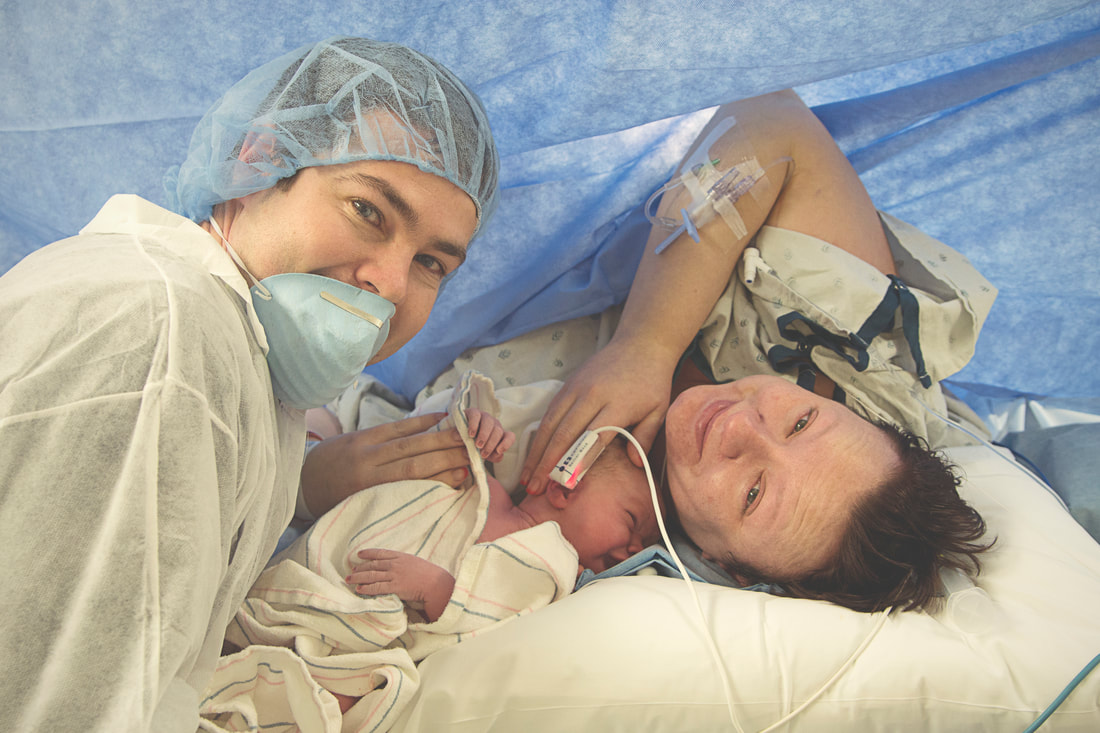
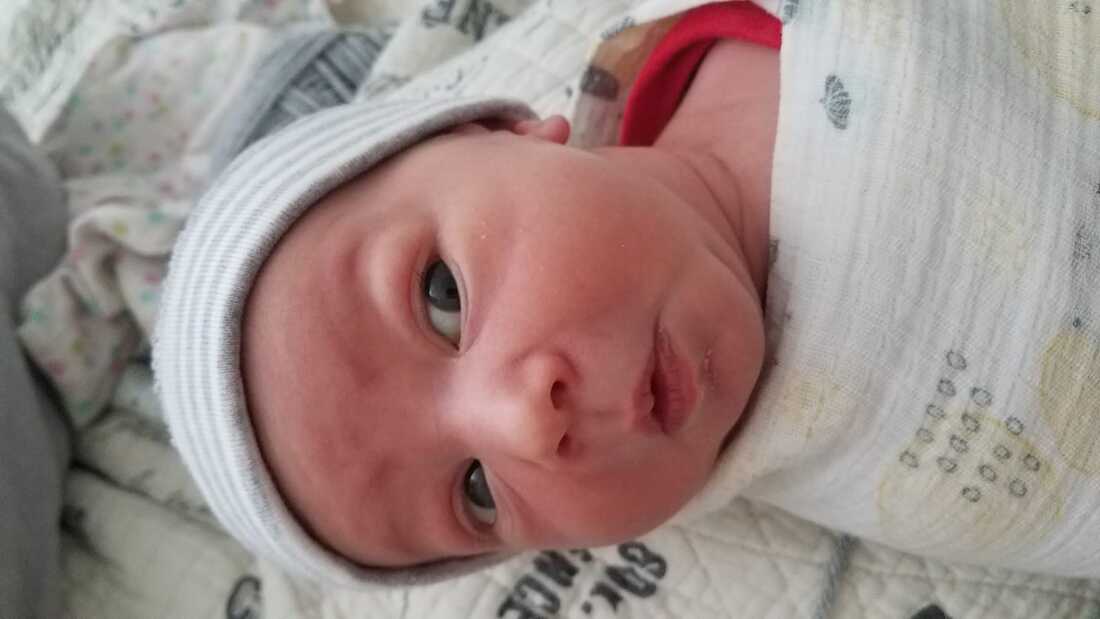
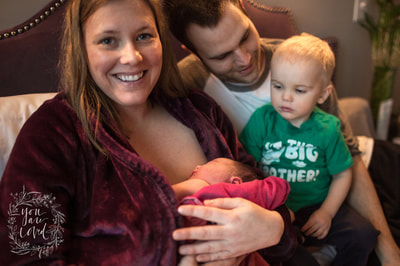
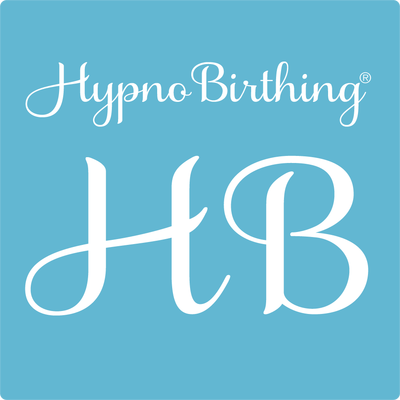
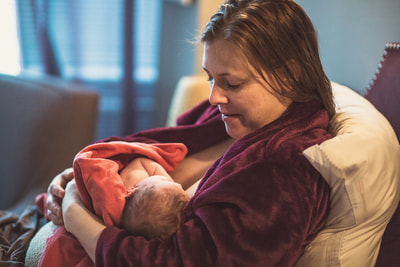

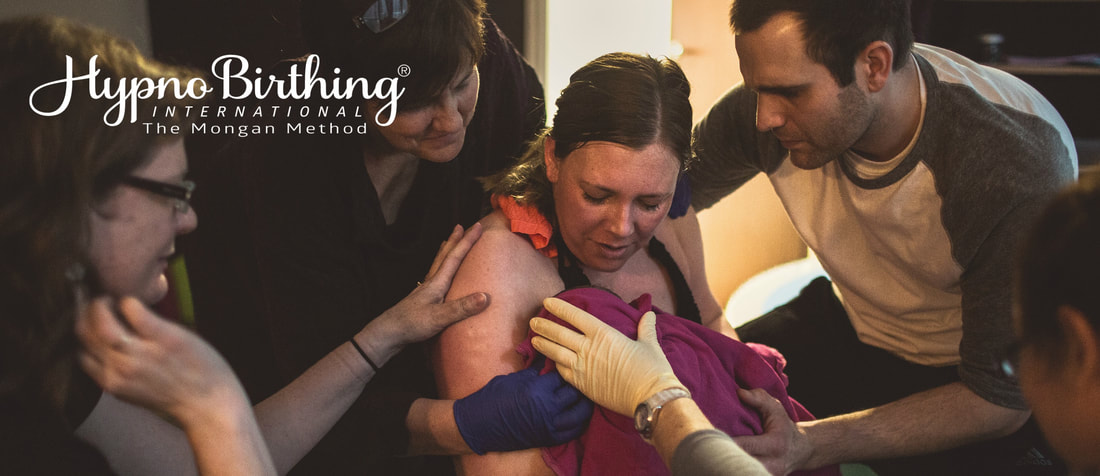
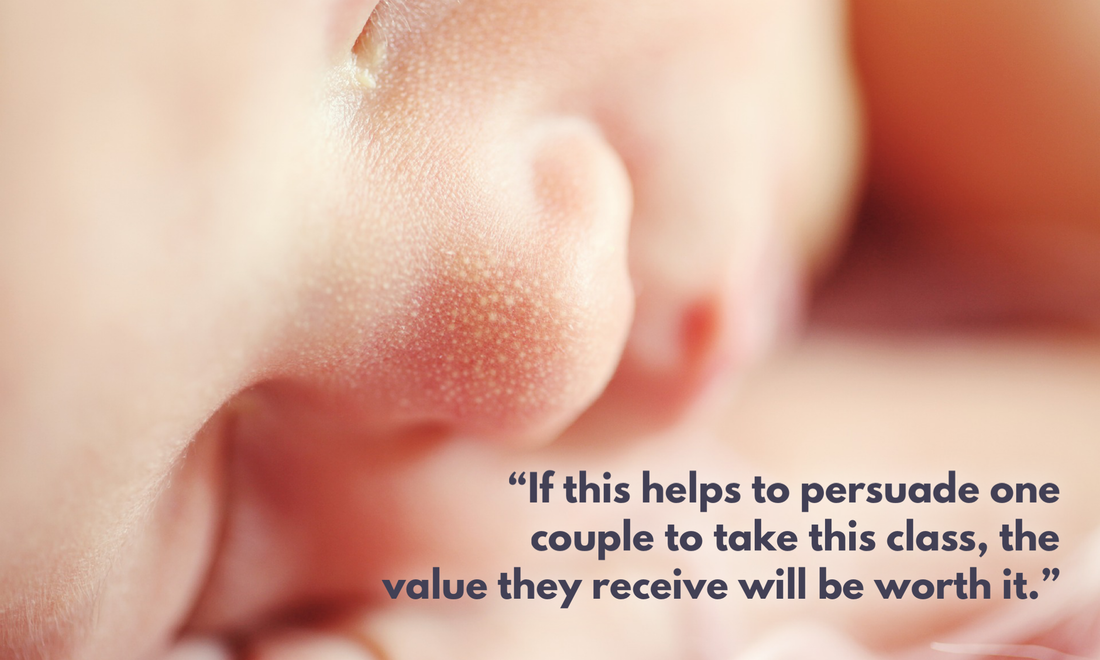
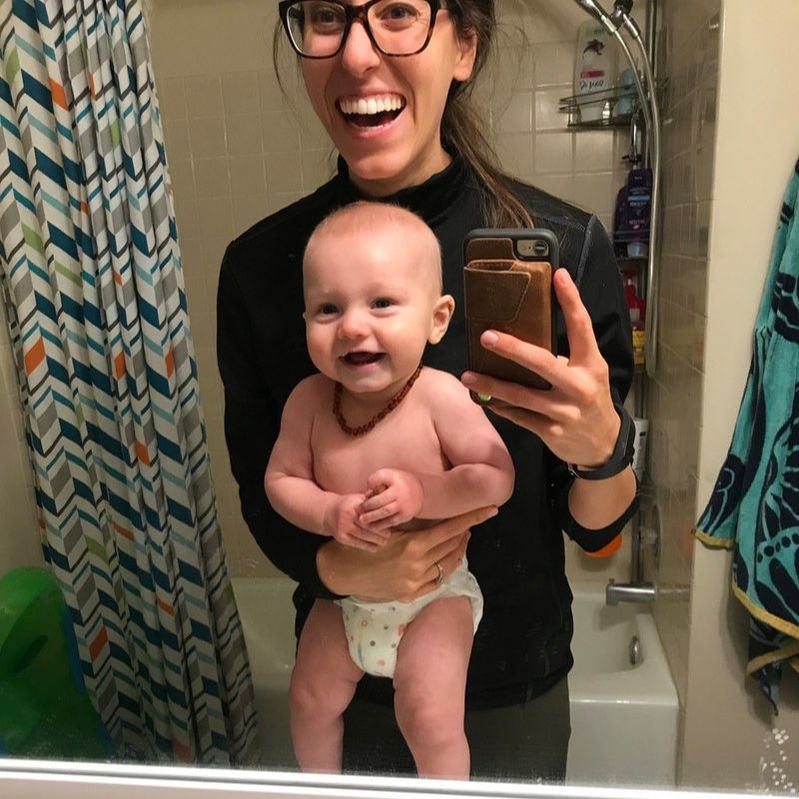
 RSS Feed
RSS Feed